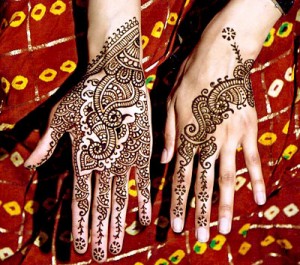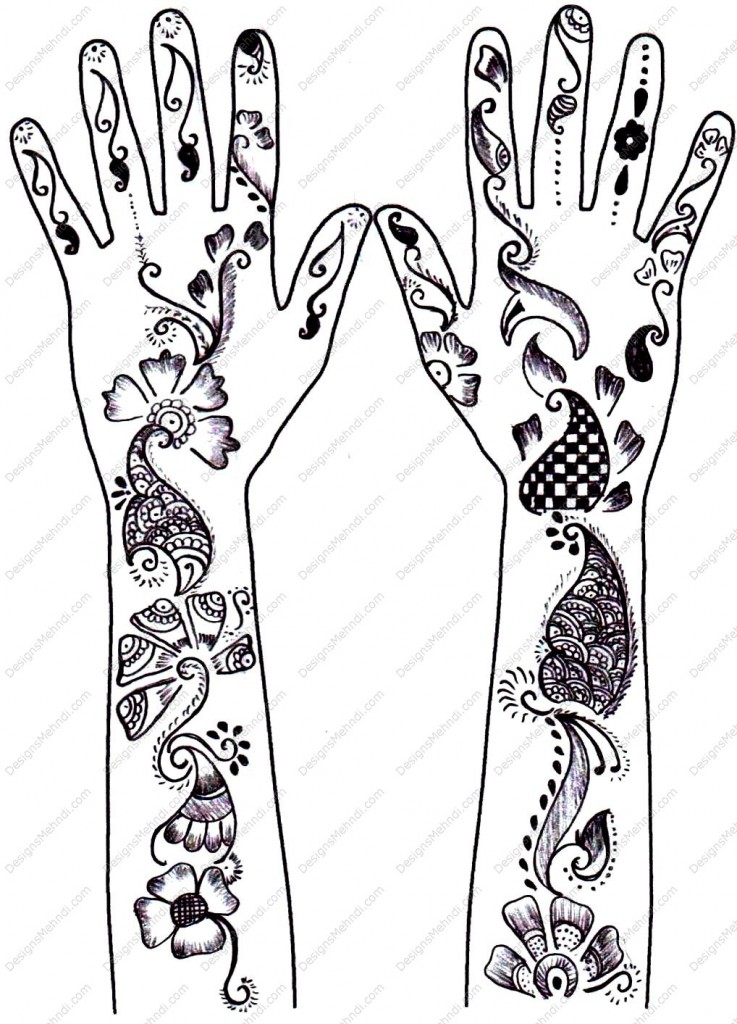Arabic Mehndi is very popular today, especially for brides. Detailed direction of Mehndi is now gone, and Arabic Mehndi is back after many years, with large constituencies and flowers on the palms and fingers detailed leads to the top of your arms, making you look and feel different than the bride of course.Umroa elves is a good example of Arabic Mehndi, but we thought at the place where the wedding was the source? What do you mean? Henna has a long history of use in Eastern cultures, especially in the subcontinent and the Arabian Peninsula and North Africa, but why henna is so popular today? This style tends to be less detailed and intricate. its still very beautiful. Instead of having fill-ins it is just colored in boldly. Arbi designs don't necessarily cover your hands or feet all the way. Many popular Arbic designs are vines and leaves with beautiful flowers. This makes it an excellent and perfect candidate, if you want to have a bail going down your arm or leg. |
Some say that the mere existence of the direction of fashion inspired by celebrities like Madonna, Liv Tyler, Demi Moore and Prince. Madonna with the vision of henna tattoos on her hands in her video for "Frozen henna 'gave more exposure to the media. It became a much talked about the body style of the decoration, and because of the interest in this traditional form of art was ignited, only one major promotion on television and glossy magazines.One can not fully attribute the popularity of henna for these celebrities alone. Henna is still used in Eastern cultures, and maybe it was just a matter of time before such practices become more accessible today in a multicultural society.Many popular designs of henna can be seen all around the world in many different cultures.
However, one of the most common forms of henna is Arabic henna design.
The henna essentially began in the Arabic language and cultures,
Indian, Arabic henna design is probably one of the most used and most
henna body art in the Middle East from India and Egypt, including
Morocco and several other places in the Middle East. There are many
reasons why these cultures benefit from Arabic henna designs, but the
main reason is composed of the Arabic henna designs painted on their
bodies because of religious or ceremonial practices. In some types of
Arabic henna design, as is the case in the societies of Egypt, was
painted with henna on the feet and hands to Pharaoh,
Pharaoh was dead before actually mummified.

